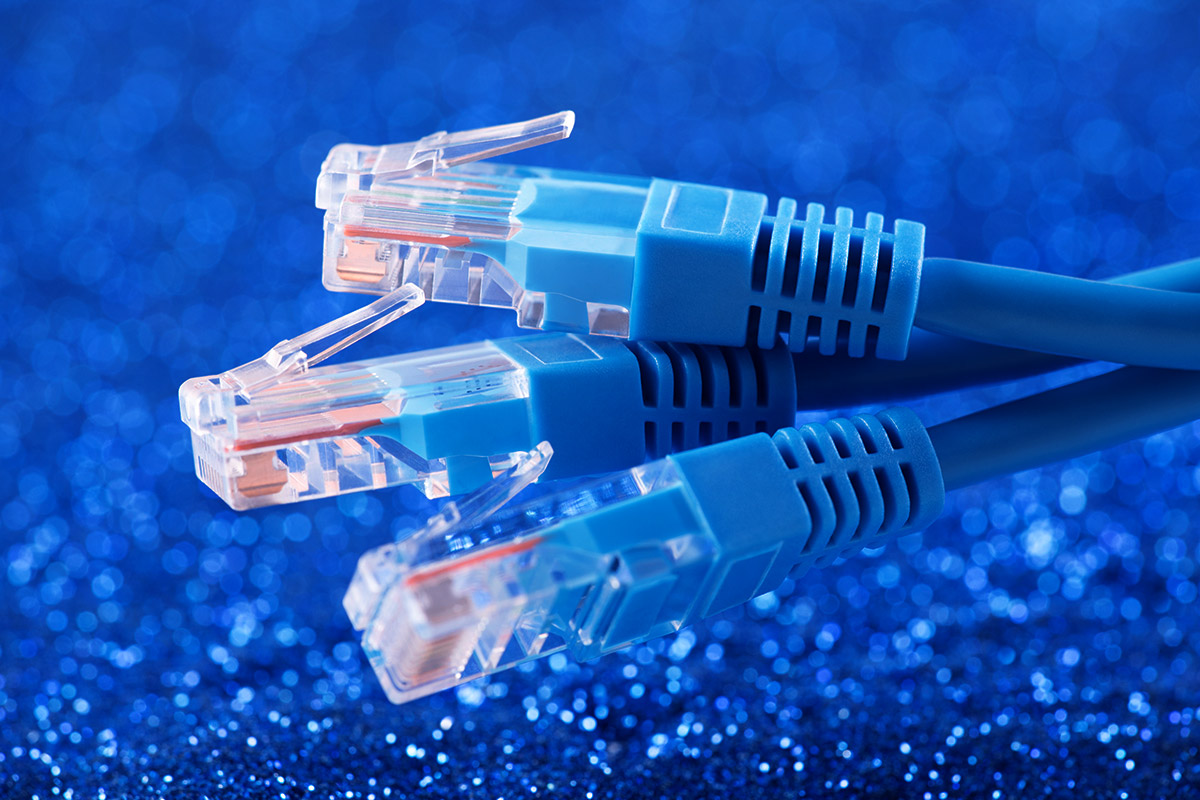Cat6a - The cabling of choice for new installations
More often than not, cabling is one of the longest-lived assets in a network and often needs to be noticed when upgrading the network capacity.
While early deployments of multigigabit technologies may be able to take advantage of the already installed cabling, anyone planning to future-proof their network should consider Category 6A cabling for future growth without limiting application performance.
Category 6a systems were first introduced in 2004 as cabling designed for 10G BASE-T applications. Category 6A has since become the smart technical choice for any new installation requiring Power over Ethernet (PoE) or data rates at 10 Gbps or above.
While PoE and 2.5G/5G BASE-T technologies will work on lower spec Category 5e and Category 6 cabling, their performance will be subject to length issues for 10G BASE-T, and only 6a cable can ensure the support for the fastest Ethernet applications over twisted pair, as specified in the standards.

Today’s 802.11ax Wi-Fi 6 access points and the next generation Wi-Fi 7, projected to be released in 2024, some of the key characteristics are sufficiently stable to conclude that the preliminary throughput will be 18 Gb/s and these devices will incorporate 2 x 10GBASE-T ports using link aggregation to support network uplinks.
In preparation for these higher speeds, most international telecommunications standards bodies specify or recommend deploying two Category 6A cabling runs to each Wireless Access Point (WAP). Only Class EA/Category 6A network cabling provides guaranteed support of 10G BASE-T over all installation environments and channel topologies up to 100 meters. Additionally, shielded cable systems will support remote power delivery to power these next-generation Wi-Fi devices.
Power over Ethernet and Category 6A
PoE was developed to work on existing cabling around the channel topology of four twisted pairs up to 100 meters. However, with the development of IEEE 802.3bt (2018), the evolution of PoE to four-pair powering takes advantage of Category 6A’s performance. PoE to four-pair power in the larger core size of Category 6a offers protection for this heating effect. The improved insertion loss of Category 6A through the larger conductor sizes offers reduced dc resistance and reduced heating. As PoE technology progressed, adopting the 802.3bt standard and introducing four-pair powering marked a significant advancement. This innovation capitalized on the exceptional performance capabilities of Category 6A cabling while ensuring compatibility with existing installations, as maintained by the previous 802.3at standard.

The trend is clear. New cabling installations must support not only the applications running now but should support applications for the next 10 to 15 years. The trend toward higher access speeds and higher power PoE delivery makes a clear case for Category 6A. Today, the increasing use of higher speed Wi-Fi access points, network-attached storage devices, server interface cards, and Ethernet switches with 10GBASE-T being installed in enterprises. Over the next five years, the development and installation of these new technologies will drive the need for new installations to support these applications; to achieve this, they will require performance assured with Category 6A cabling.
